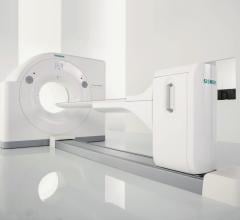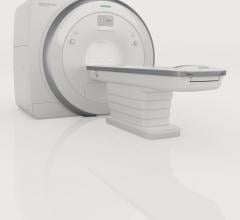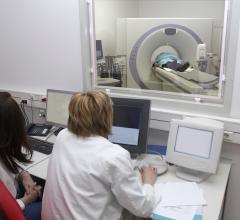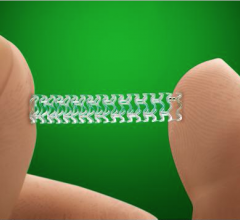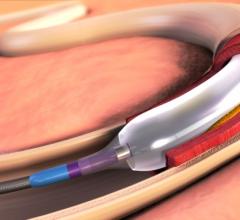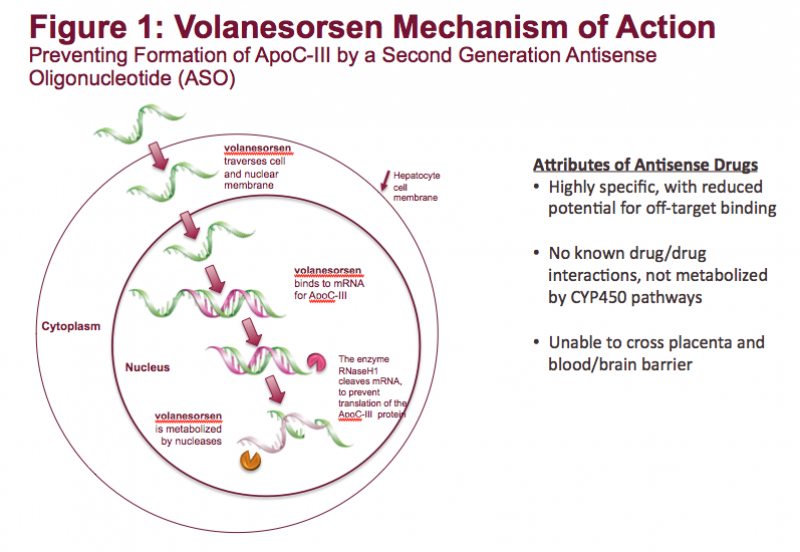
Familial chylomicronemia syndrome (FCS) is a rare, genetic disease characterized by mutations in genes affecting the ...
Siemens Healthcare has received 510(k) clearance from the U.S. Food and Drug Administration (FDA) for the Biograph Horizon positron emission tomography/computed tomography (PET/CT) system, which offers premium performance at a low total cost of ownership.
Siemens Healthcare announced that the U.S. Food and Drug Administration (FDA) has cleared the Magnetom Amira 1.5 Tesla magnetic resonance imaging (MRI) system.
Providing exceptional cardiovascular care for patients to achieve the best possible outcomes is the number one goal for ...
This case study is from the Cardiac Imaging Department, Hospital Clinic, Barcelona, Spain. A woman in her early 60s came ...
GE Healthcare is taking the next leap in image quality performance, quantification and workflow with the introduction of ...
On the 100th anniversary of the Endurance expedition to Antarctica led by Sir Ernest Shackleton, doctors writing in the Journal of the Royal Society of Medicine believe the explorer may have had the congenital defect commonly known as a 'hole in the heart'.
Cardiac positron emission tomography (PET) is growing in popularity among cardiologists because it provides the ability ...
Patients enrolled in high-deductible health insurance plans have lower rates of use and lower costs for imaging tests, suggests a study in the February issue of Medical Care.
A lengthy review of increasing medical evidence shows that cancer treatments such as chemotherapy and radiation often damage heart vessels and tissues, increasing the risk of later heart disease in cancer survivors. Now an interventional cardiologist from Detroit Medical Center (DMC) who is a co-author of the study is helping efforts to expand a new medical specialty known as “cardioncology.”
The U.S. Food and Drug Administration (FDA) Circulatory System Devices Panel is set to review data and offer recommendations concerning the final approval of Abbott’s Absorb fully bioresorbable stent and the AngelMed Guardian System.
When performing radiofrequency (RF) ablation to treat cardiac arrhythmia, medical professionals must balance the safety ...
A group of researchers from Russia, Australia and the Netherlands have developed a technology that can reduce magnetic resonance imaging (MRI) scanning times by more than 50 percent.
Bradycardia – a slower than normal heartbeat – does not increase the risk of developing cardiovascular disease, according to a study conducted by researchers at Wake Forest Baptist Medical Center. The study is published in the Jan.19 online edition of the Journal of American Medical Association Internal Medicine.
Global Genomics Group (G3) and GNS Healthcare (GNS), announced preliminary results of the GLOBAL Clinical Study designed to identify biomarkers associated with coronary artery disease (CAD). The study provided proof of concept of the approach by prospectively identifying a biochemical pathway known to be associated with CAD.
Change Healthcare Cardiology Hemodynamics is an integrated hemodynamic monitoring system for monitoring vital signs and ...
Vivasure Medical announced Conformité Européenne (CE) Mark approval of the world’s first fully bioabsorbable percutaneous vascular closure device for large-bore femoral arteriotomies.
Medtronic plc announced that the IN.PACT Admiral drug eluting balloon (DEB) has received CE (Conformité Européene) Mark for arteriovenous (AV) access to help maintain hemodialysis access in patients with end-stage renal disease.

2016 is starting off a whole lot better than last year for 14-year-old Oswaldo Jimenez of Salem, Ore. Last year at this time, he was sick. Life-threateningly sick. Diagnosed with pulmonary arterial hypertension at age 9, his heart and lungs were failing, and a heart-lung transplant seemed to be his only real hope for survival.

 January 22, 2016
January 22, 2016
